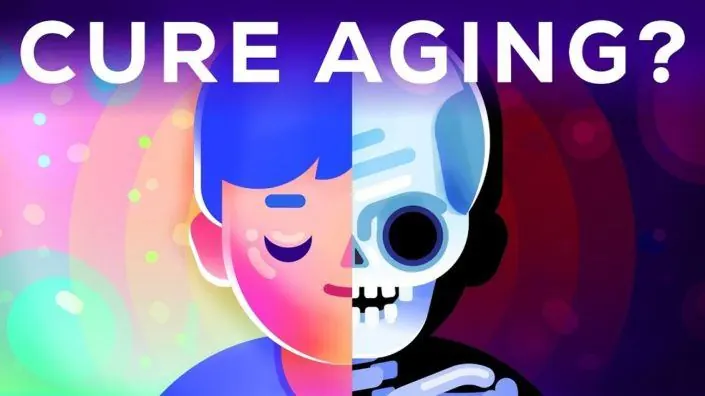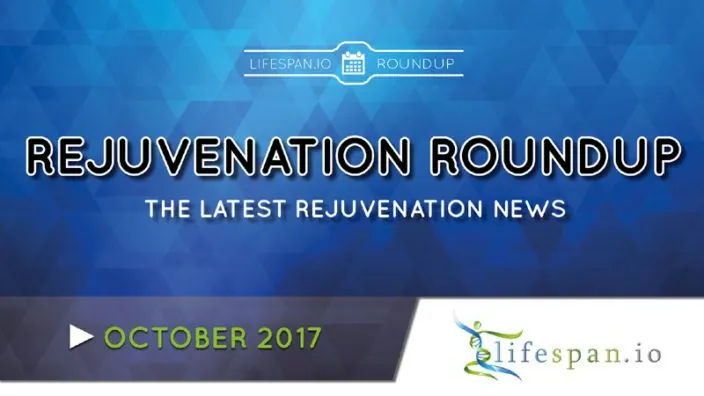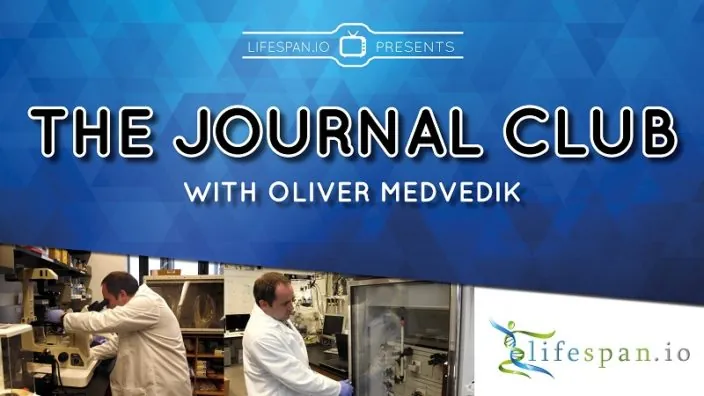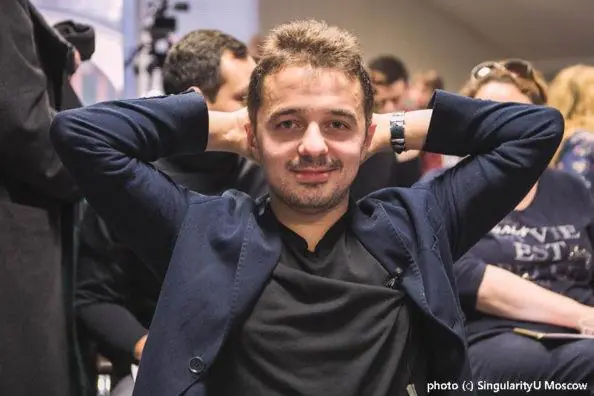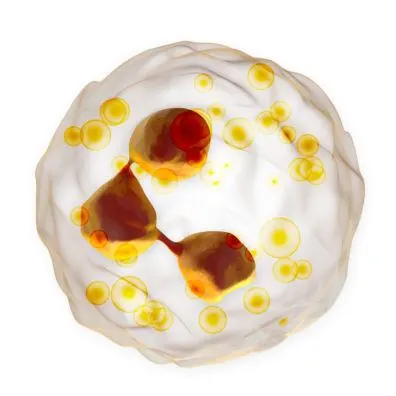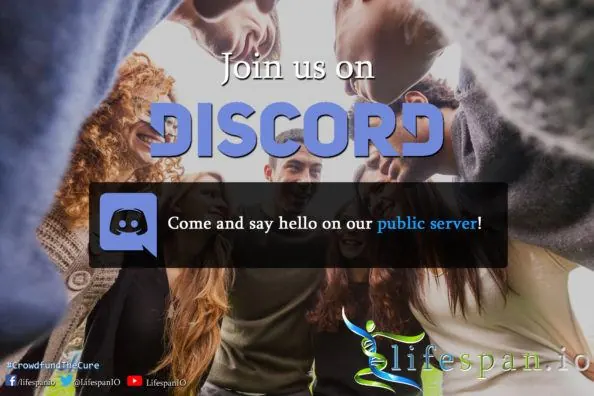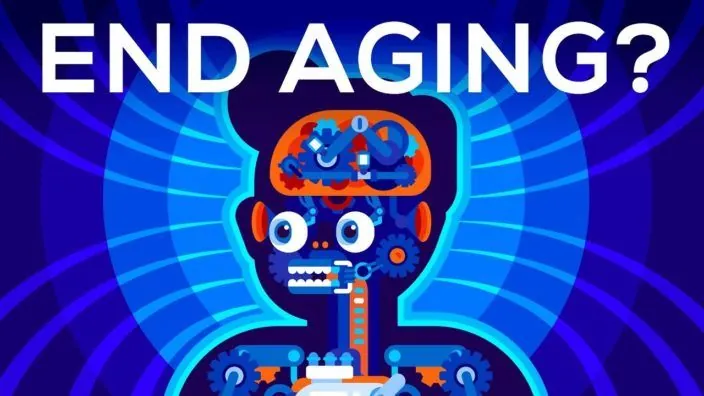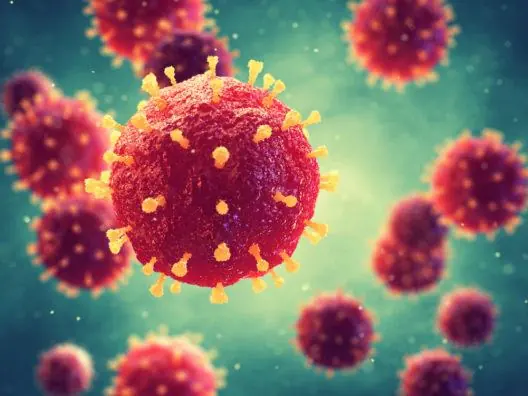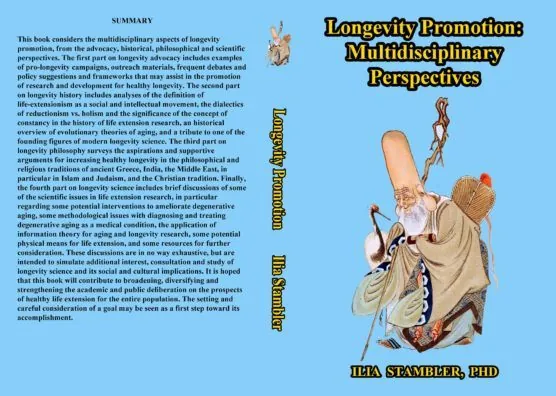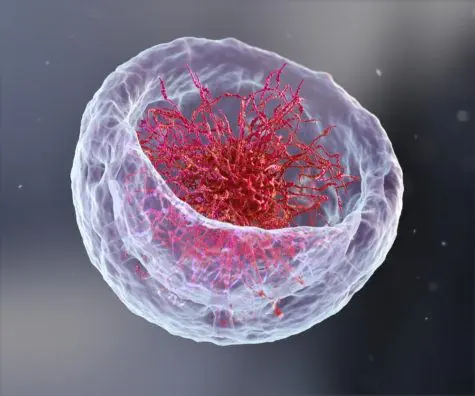Serge Faguet is a Russian entrepreneur, the owner of a profitable travel company, Ostrovok, and the founder of several tech startups, including a new secret, AI-related one in Silicon Valley. For the last few weeks, his name has been all over the internet because of the article “I’m 32 and spent $200k on biohacking. Became calmer, thinner, extroverted, healthier & happier.”
While his goals are without a doubt desirable (who would not want to be healthier and happier?), some of the public, including medical specialists, have received his story with some skepticism. On the other hand, those who support the idea of healthy longevity believe that Serge is a role model whose example should be taken seriously by each and every person.
LEAF Director Elena Milova attended a conference in Moscow, where Serge had been invited to talk about his system in more detail. After the event that was jointly organized by Mikhail Batin, the lead of Foundation Science for Life Extension and Open Longevity ICO, and Jin Kolesnikov, the co-founder of Singularity University Moscow Chapter, Elena had an opportunity to talk to Serge face to face. Today, we share with you his interview and commentary regarding his approach to health management.
Before our quick overview of Serge’s system, we would like to remind you of his principles for creating his approach to health and longevity. Here is the list from
Hackernoon, where his article was published:
“In all these areas I use roughly the following framework to decide regarding specific tactics:
- Is it scientifically sound? (i.e. are there studies if such are feasible?)
- Is it logically sound? (i.e. is there a sound explanation behind the tactic?)
- Is the estimated cost (risk, money, time/energy) worth the estimated benefit?
- Do independent smart experts (e.g. doctors) agree with the approach?
- Do they actually practice the approach themselves and with their families?
- Do I track my objective/subjective metrics related to the tactic, if feasible?”
Relying on these principles, Serge has created his own personalized health and longevity strategy, which focuses on six key areas he has identified as important.
Sleep Hygiene
Serge believes that getting plenty of restorative deep and REM sleep on a regular basis is a key component in maintaining good health. Sleep is essential for the human body to repair and recover from injury, and there is plenty of evidence to suggest that a constant lack of sufficient sleep can lead to devastating consequences to health.
He monitors his sleep quality using the ŌURA health wearable device, although there are many others on the market to consider. Recording your health data and monitoring it over time is essential in properly managing your personal health and ensuring that the steps you are taking are effective.
Take steps to eliminate blue light sources three to four hours before sleep, as this wavelength of light is known to interfere with sleep. Studies have demonstrated that exposure to blue light can increase alertness[1-4] and can also stimulate cognitive functions[5-7]. Also, a recent study reported that exposure to blue light-emitting e-readers at bedtime may negatively affect sleep and the circadian system[8].
If you must use an e-reader or cell phone before sleeping, you may wish to consider a blue light filter, and some of them are available for free, though it must be said that, currently, the scientific evidence supporting them is just not there yet. However, you may wish to see if it works and improves your sleep, which is all the more reason why you should be monitoring your sleep quality and other biomarkers.
Another simple measure you can take is to reduce light pollution using heavy curtains that block light from outside or, failing that, a sleep mask to achieve the same outcome. If you have other light sources in your bedroom, such as LED clocks, cable TV boxes and other electronics with lights on them, cover the lights or remove them from the room completely.
Serge suggests to keep the room cool and humid between 18-19 Celsius, as being too warm can make sleeping difficult or reduce sleep quality.
Optimal Nutrition
Serge aims to eat a diet that keeps insulin levels stable, increases glucose disposal and optimizes growth factors, such as IGF-1 and mTOR, towards positive things like muscle growth and tissue repair and away from inflammation and cancer. He also avoids refined sugars, bread, pasta, fruit juice, candy, chocolate and other foods that have a high glycemic index and can cause insulin levels to spike.
He eats a mainly plant-based diet, and when buying animal products, he only buys organic, as cheaper food is frequently of lower quality and may have had harmful shortcuts taken to reduce the cost. From a nutritional perspective, it would probably be better to eat a small quantity of expensive, high-quality meat than a large quantity of cheap, low-quality meat.
Serge also avoids salt, as it raises blood pressure, and alcohol, which he believes can disrupt sleep.
Optimal Exercise
For his approach to fitness, Serge seeks to maximize metabolic benefits, such as hormones and insulin sensitivity, minimize the time spent exercising, and reduce the risk of injury.
To make the most of his time, he engages in high-intensity interval training (HIIT), a form of interval training that alternates short periods of high-intensity anaerobic exercise with lower-intensity recovery periods. In HIIT, one repeatedly alternates between a short burst of high-intensity exercise and a brief period of low-intensity activity until too exhausted to continue. Typically, HIIT sessions tend to last 30 minutes or less, though that time varies by fitness level.
Serge is also mindful to avoid long periods of sedentary activity, and sitting for long periods is well known to be harmful to health. Using standing desks or taking frequent breaks to walk around and stretch reduces the impact of sitting too much.
Mental Health
Serge believes that mental health is a key component of health and longevity, so he aims to maximize stress resilience, increase social support and foster a sense of purpose while avoiding negative emotional states.
In order to achieve this, he uses a combination of meditation and psychotherapy while avoiding lying and falling into other negative habits. Mental health is very important to well-being, and it is not something that should be neglected. There is some scientific data that suggests a small but positive effect of meditation on the length of telomeres[9].
Another set of data indicates that meditation may help to regulate the activity of certain brain cells that help to clear waste, which is possibly a way to postpone Alzheimer’s and other cognitive pathologies with age[10].
Medical Testing
When practicing a personal health and longevity strategy, everything you do could be meaningless. If you are not recording your health data, monitoring biomarkers and adjusting your approach based on this data, then what you are doing is faith-based medicine, not science. Taking drugs and supplements without keeping close watch on how they are affecting your body is not the way to optimize your health.
Serge uses many metrics to evaluate his approach, including DNA tests, blood tests, and sleep monitoring. He has a huge list of biomarkers he considers important and goes into detail here. Even if you cannot do hundreds, there are plenty of easy and cost-effective metrics you can and should be using to monitor your health.
Once you have an accurate picture of your health, you can then optimize and change your approach to see what works best for you. Methodical and scientific evaluation is the key to developing your health and longevity strategy.
Supplements and Drugs
Serge aims to improve his health and cognitive function through the use of drugs and supplements that have at least some level of scientific support.
He takes metformin, a diabetes drug that lowers blood sugar without causing hypoglycemia. Some data suggest that it may be beneficial in preventing cancer and heart disease, though, at this time, this is still unclear and more studies are needed. Other things, such as vitamin D, vitamin K2, group B vitamins, quercetin, magnesium, and melatonin, seem to have potential health benefits when applied in amounts prescribed by a medical advisor.
He takes a variety of supplements and hormones as part of his approach, although he is keen to stress the need for performing research before the start of a regimen.
Elena Milova’s commentary
During the lecture, I asked Serge if he had spent most of his money on treatment, diagnostics or something else. He said that the lion’s share went to analysts and medical advisors, whose job it was to consider each and every drug, supplement, therapy, and lifestyle measure that he was intended to implement.
Serge literally hired the best possible scientists in each relevant field to help him find out what would work well and what would be safe in his particular case. Yet, when making the final decision on whether he should take each measure or not, he studied the accumulated materials himself. Looking at how easily he can name biomarkers, symptoms and specific genes related to metabolic regulation, I believe that he learned quite a lot during this journey.
I find this fascinating. This amount of responsibility for one’s health is so rare! How did Serge manage to remain motivated to learn for a long period of time and acquire such self-discipline? He said that people should be passionate about what they do. Genuine passion will keep you inspired and keen to overcome obstacles until you reach the goal. If this is the influence of an entrepreneur’s mindset, I ask myself if we all should adopt it in order to become such daring managers of our own health and longevity.
Literature
[1] Lockley, S. W., & Gooley, J. J. (2006). Circadian photoreception: spotlight on the brain. Current Biology, 16(18), R795-R797. [2] Viola, A. U., James, L. M., Schlangen, L. J., & Dijk, D. J. (2008). Blue-enriched white light in the workplace improves self-reported alertness, performance and sleep quality. Scandinavian journal of work, environment & health, 297-306. [3] Rahman, S. A., Flynn-Evans, E. E., Aeschbach, D., Brainard, G. C., Czeisler, C. A., & Lockley, S. W. (2014). Diurnal spectral sensitivity of the acute alerting effects of light. Sleep, 37(2), 271-281. [4] Najjar, R. P., Wolf, L., Taillard, J., Schlangen, L. J., Salam, A., Cajochen, C., & Gronfier, C. (2014). Chronic artificial blue-enriched white light is an effective countermeasure to delayed circadian phase and neurobehavioral decrements. PloS one, 9(7), e102827. [5] Vandewalle, G., Gais, S., Schabus, M., Balteau, E., Carrier, J., Darsaud, A., … & Maquet, P. (2007). Wavelength-dependent modulation of brain responses to a working memory task by daytime light exposure. Cerebral cortex, 17(12), 2788-2795. [6] Vandewalle, G., Schmidt, C., Albouy, G., Sterpenich, V., Darsaud, A., Rauchs, G., … & Maquet, P. (2007). Brain responses to violet, blue, and green monochromatic light exposures in humans: prominent role of blue light and the brainstem. PloS one, 2(11), e1247. [7] Daneault, V., Hébert, M., Albouy, G., Doyon, J., Dumont, M., Carrier, J., & Vandewalle, G. (2014). Aging reduces the stimulating effect of blue light on cognitive brain functions. Sleep, 37(1), 85-96. [8] Chang, A. M., Aeschbach, D., Duffy, J. F., & Czeisler, C. A. (2015). Evening use of light-emitting eReaders negatively affects sleep, circadian timing, and next-morning alertness. Proceedings of the National Academy of Sciences, 112(4), 1232-1237. [9] Thimmapuram, J., Pargament, R., Sibliss, K., Grim, R., Risques, R., & Toorens, E. (2017). Effect of heartfulness meditation on burnout, emotional wellness, and telomere length in health care professionals. Journal of Community Hospital Internal Medicine Perspectives, 7(1), 21-27. [10] Wells, R. E., Yeh, G. Y., Kerr, C. E., Wolkin, J., Davis, R. B., Tan, Y., … & Press, D. (2013). Meditation’s impact on default mode network and hippocampus in mild cognitive impairment: a pilot study. Neuroscience letters, 556, 15-19.

